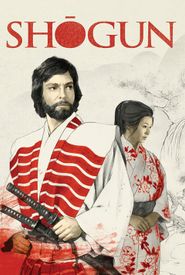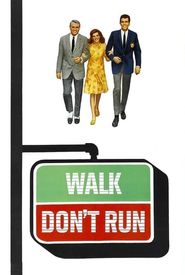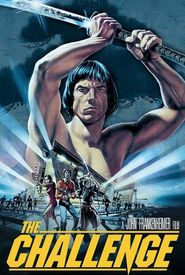Miiko Taka, born Betty Miiko Shikata, is a Nisei, the daughter of Japanese immigrants, who spent her early life in Seattle, Washington, before moving to Los Angeles. In 1942, she and her family were forcibly removed from their home and interned at the Gila River War Relocation Centre in Arizona, a concentration camp established in the wake of Japan's attack on Pearl Harbour. During her time in the camp, she befriended actor Pat Morita.
Before her acting debut in Joshua Logan's Sayonara (1957),little is known about Betty's life, except that she had no prior acting experience and worked as a clerk at a travel agency in Los Angeles. The role of Hana-Ogi, a celebrated Matsubayashi dancer, was initially offered to Audrey Hepburn, but she declined, and Logan instead cast the unknown Miiko Taka in the part.
Sayonara went on to gross $10.5 million and won four Oscars, including one for co-star Miyoshi Umeki as Best Supporting Actress. Miiko's performance was widely praised, with Variety and Bosley Crowther of the New York Times describing her as "a flute-like beauty - a really lovely, serene and soothing impulse".
Following her success in Sayonara, Miiko was cast in a string of high-profile films, including Cry for Happy (1961),Operation Bottleneck (1961),A Global Affair (1964),The Art of Love (1965),and Walk Don't Run (1966). She also appeared in numerous television shows, often typecast in exotic settings, such as Hawaiian Eye (1959),Adventures in Paradise (1959),I Spy (1965),and The Man from U.N.C.L.E. (1964).
Miiko's final screen appearance was as a Japanese noblewoman in James Clavell's miniseries Shogun (1980). Throughout her career, she was thrice married, including to actor Dale Ishimoto with whom she had two children.






























